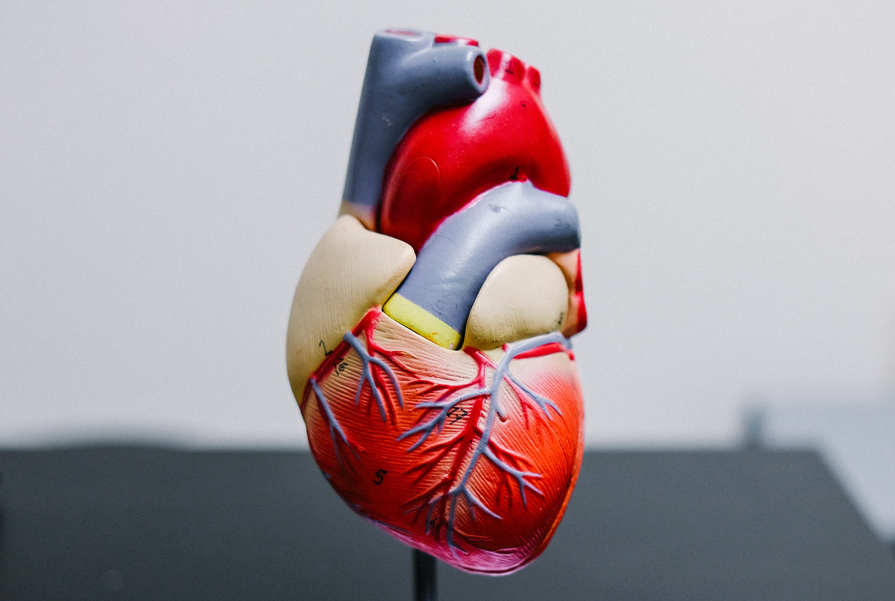New guidelines give doctors more opportunities to treat stroke patients
By Katrina Caruso
According to government figures, roughly 741,800 Canadians over the age of 20 are living with the effects of a stroke—that’s almost the population of New Brunswick.
The good news is that the rate at which strokes are occurring is decreasing: strokes have dropped from the third leading cause of death in Canada in 2011 to the fifth, after heart disease, cancer, chronic lower respiratory diseases, and accidents.
In July 2018, the Heart & Stroke Canadian Stroke Best Practice Recommendations were updated with new guidelines to address the ways in which strokes can be treated within the first few hours and days after a stroke. Among the new guidelines, doctors are now allowed to treat patients past the original 4.5-hour treatment window. Previously, it was difficult for some patients to receive stroke treatment because they weren’t sure when their symptoms had started. New evidence has shown that some patients can recover from a stroke even if a blood clot developed in their brain 24 hours earlier.
A stroke occurs when blood flow to the brain is interrupted. It’s important to know what the signs and symptoms are, and to get to the hospital as quickly as possible if you or someone you know is experiencing them—quickly because the sooner treatment is begun, the less damage will be done. As Heart & Stroke puts it, “Time is brain.”
You can recognize whether someone is experiencing a stroke by remembering the FAST rule: Face (Is it drooping?), Arms (Are they weak? Can you raise them?), Speech (Is it slurred or jumbled?), and Time (Time to call 911). Other symptoms of stroke (which may occur in addition to the others previously listed) can be confusion, numbness in the face, legs, or arms (especially if it’s on one side of the body), vision problems, dizziness, or a severe headache.
If you want to reduce your own risk for stroke, quit smoking if you haven’t already, make sure your blood pressure and cholesterol levels are under control, and get tested for diabetes—and if you have diabetes, monitor your blood sugar levels.
Photo: iStock.






